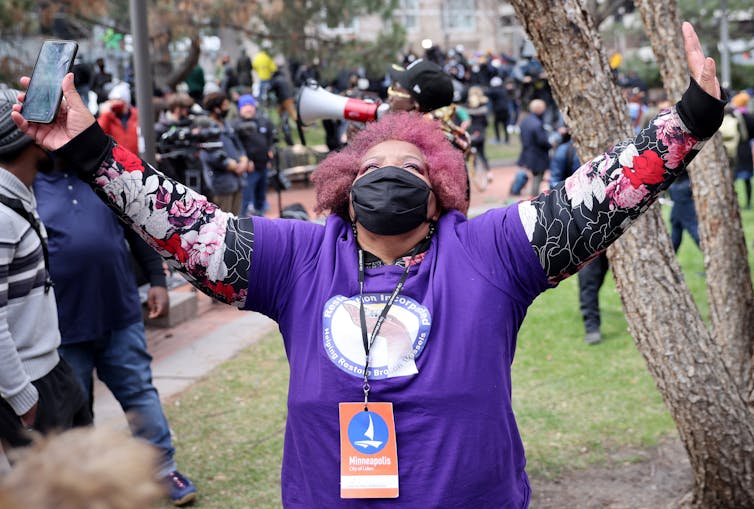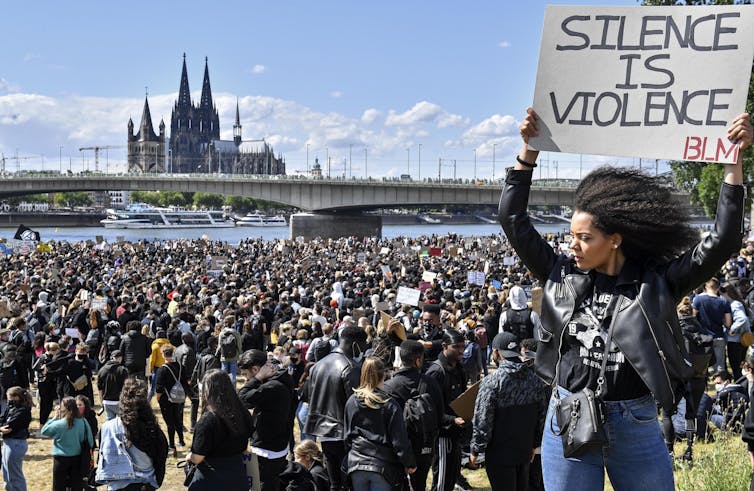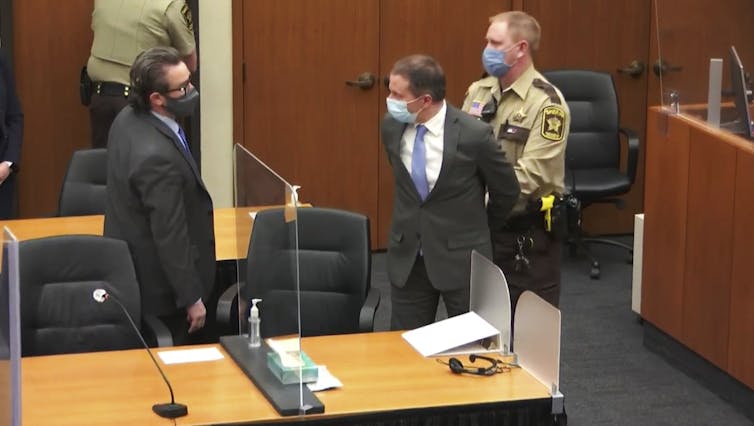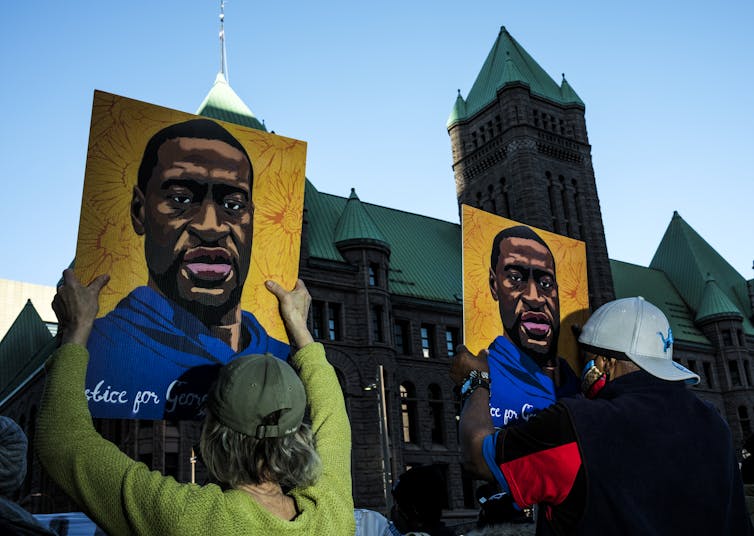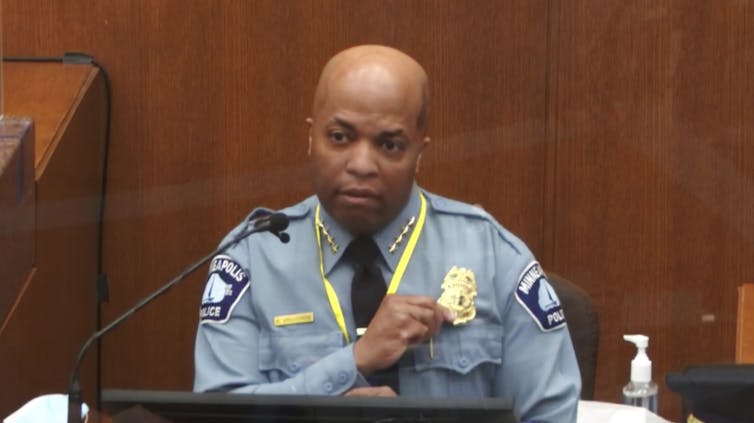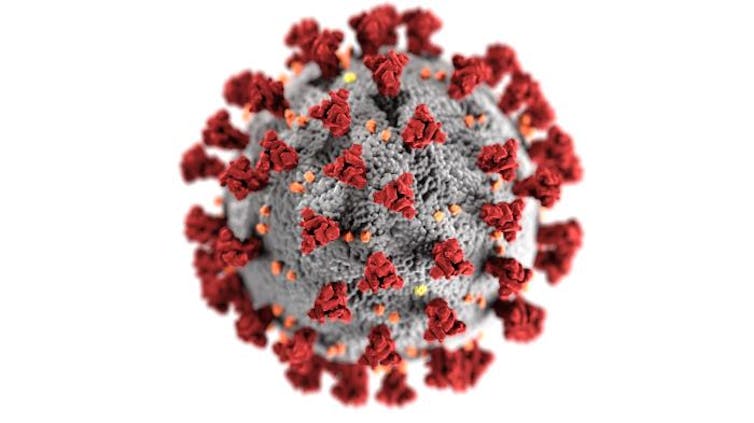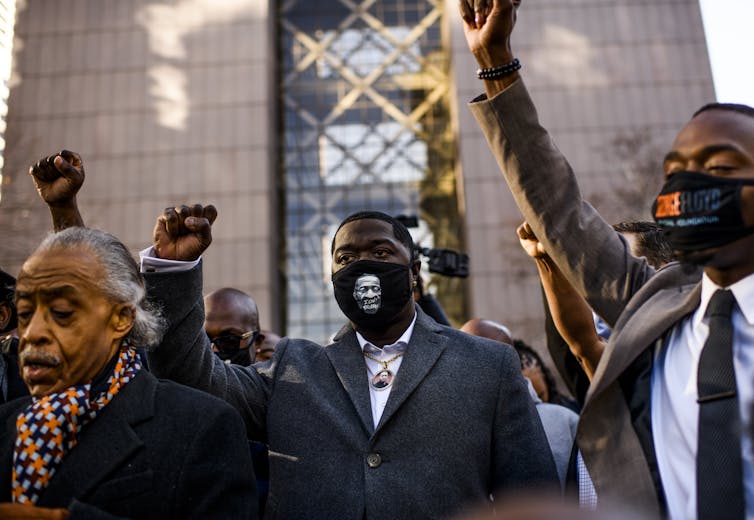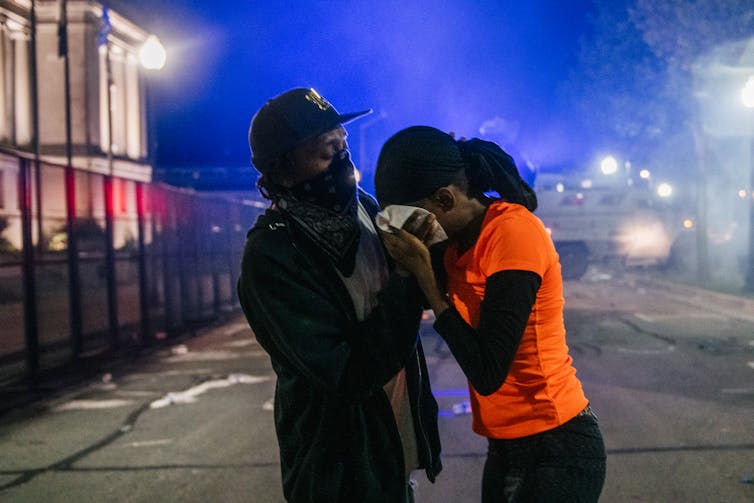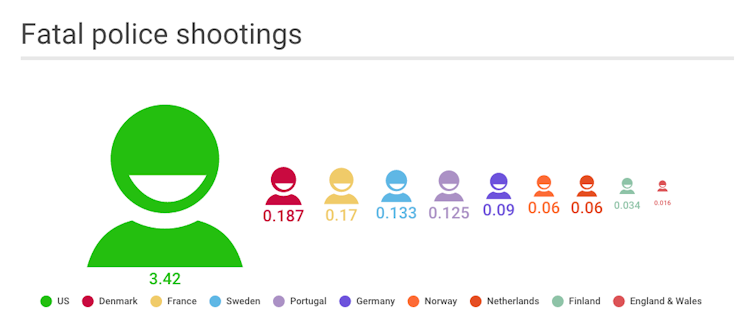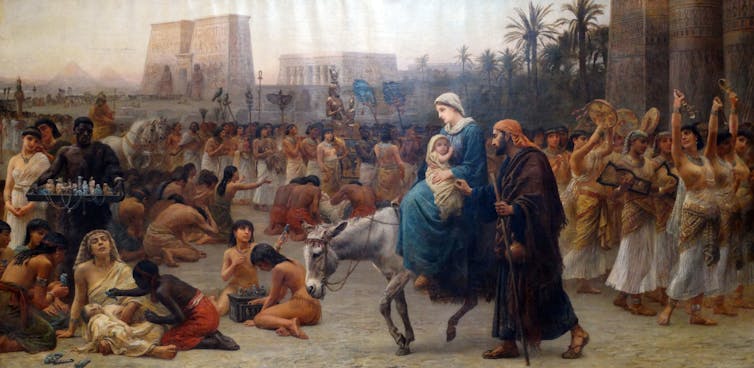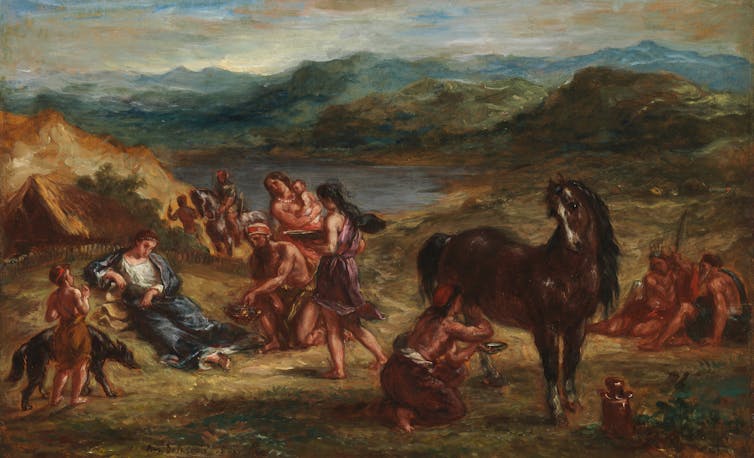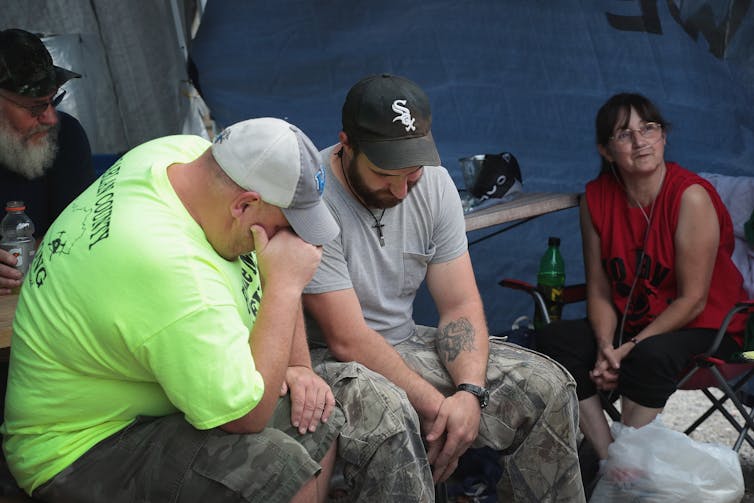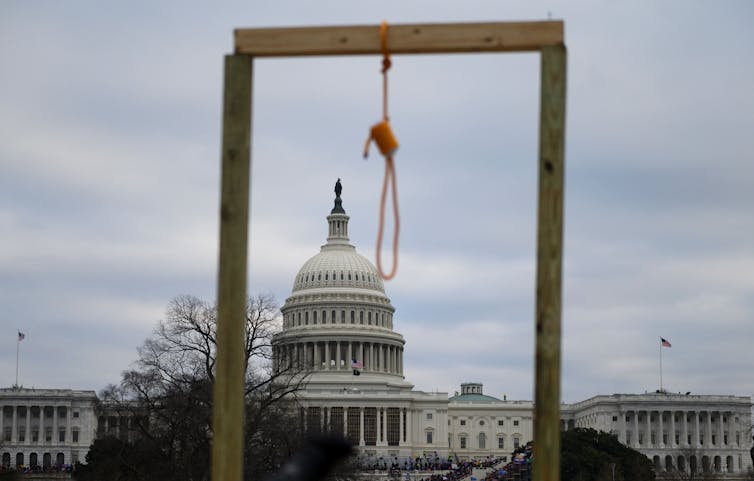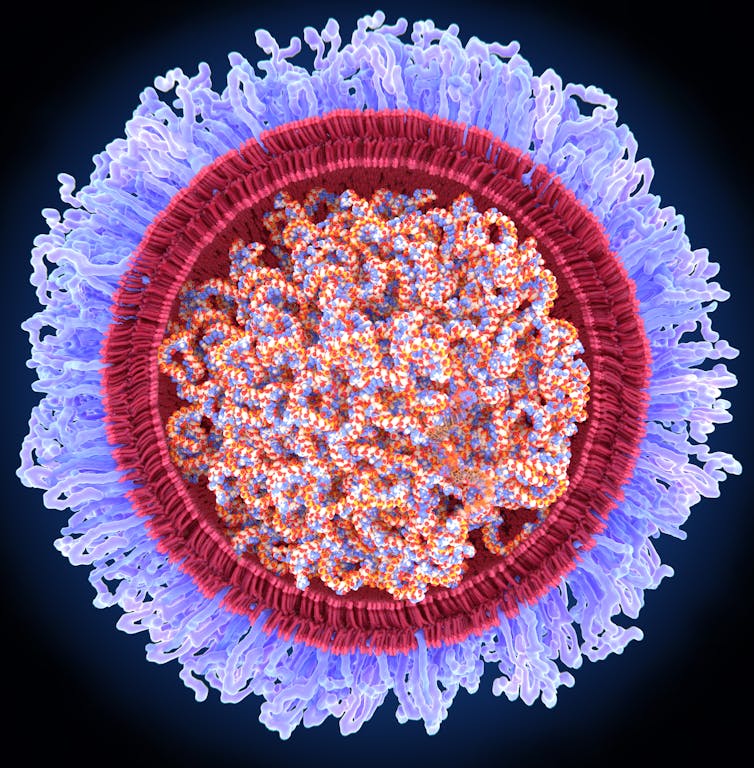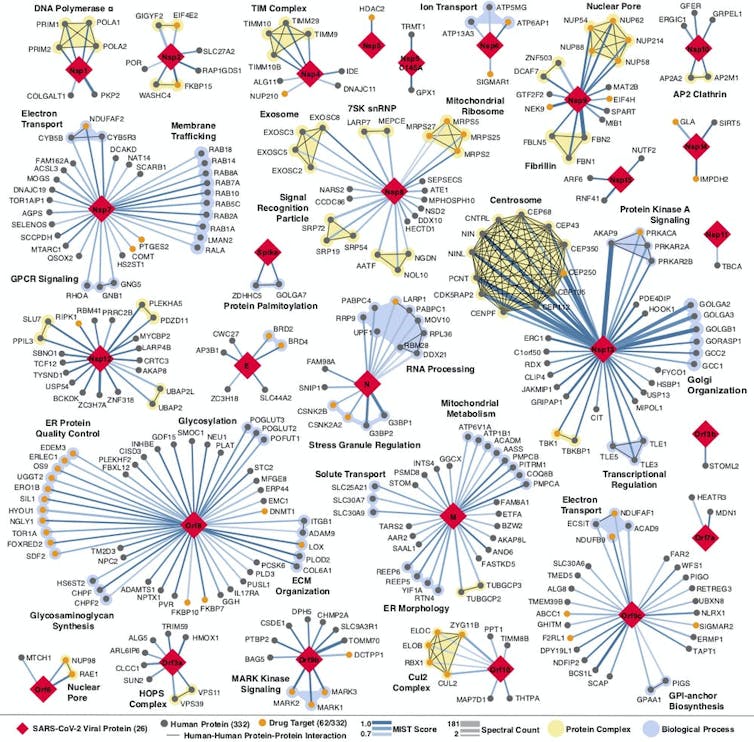
Experts in autocracies have pointed out that it is, unfortunately, easy to slip into normalizing the tyrant, hence it is important to hang on to outrage. These incidents which seem to call for the efforts of the Greek Furies (Erinyes) to come and deal with them will, I hope, help with that. As a reminder, though no one really knows how many there were supposed to be, the three names we have are Alecto, Megaera, and Tisiphone. These roughly translate as “unceasing,” “grudging,” and “vengeful destruction.”
This week will be a little bit different. POGO, the Project on Government Oversight, which is fairly progressive, is a group I have been getting newsletters from for years, always interesting. Recently they started a new newsletter, in addition to the regular one, with a single author (Walter Shaub) and a single topic (Ethics.) The current edition of this is, IMO, one to keep, because, besides recommendations, it includes a great deal of information about how the Office of Government Ethics (OGE) is currently structured and empowered. Without knowing that, it’s not very fruitful to speculate on how much any recommendations will improve things. So here’s the newsletter, straight from the email:
================================================================
The government ethics program needs some teeth
If nothing else, the last four years taught us that the executive branch ethics program is weak. The Office of Government Ethics (OGE) can’t investigate ethics violations or issue punishments. That needs to change. There’s little point in having rules if you can’t detect violations or do anything about them.
OGE Can’t Investigate Violations
OGE is the brain of the executive branch ethics program. It issues regulations and guidance, conducts training, and advises top political appointees. The office cheerleads ethics, urging leaders to model good behavior. This is a good setup for federal officials who want to do the right thing. But there’s little OGE can do about those who don’t.
The Ethics in Government Act, which created OGE, says the office can investigate ethics violations but doesn’t provide any real investigative authority. One section bars OGE from making findings related to criminal laws, which prevents OGE from investigating conflicts of interest or false financial disclosures.
What remain are less serious violations; an official accepting movie tickets from a contractor, for instance. But OGE has no real means to investigate even these lesser matters. The law tells federal agencies to give OGE any requested documents or information, but it prescribes no penalties if they refuse.
The law also limits OGE to recommending that an agency take disciplinary action against an official for violating a rule and ordering the official not to violate the rule again. There are no consequences if the agency and the official ignore OGE.
The deck is stacked against OGE even issuing an order to stop because the law requires it to prove the official’s guilt at a hearing first. OGE can’t hold a hearing unless another agency lends it an administrative law judge, and the leaders of other agencies may be unwilling to help OGE sanction a fellow political appointee. If OGE is able to secure a judge, OGE probably won’t be successful in presenting its case because it lacks the power to compel reticent witnesses to testify.
Congress Can Give the Ethics Program an Investigator
Congress can fix this problem. One option is to give OGE real investigative authority, including the power to issue subpoenas that a federal court could enforce; another is to create a new investigative office.
Giving OGE investigative authority would be an improvement over the current situation, in which possible violations go uninvestigated. However, there are drawbacks. Federal officials may be hesitant to seek ethics advice from their agencies’ ethics officials, who work closely with OGE, if OGE becomes an investigative body. OGE is also already understaffed and my own experience with OGE’s budget requests suggests that Congress won’t fund new staff positions for investigators.
A better option would be for Congress to create a new inspector general office. That office would spend most of its time investigating the routine activities of dozens of small agencies that currently lack inspectors general. Congress could empower OGE to grant this inspector general additional jurisdiction to investigate suspected ethics violations by any of the roughly 4,000 political appointees in the executive branch. This authority can be limited to cover political appointees because the existing disciplinary systems work well enough for the career civilian federal employees.
Assigning investigations to this inspector general would both give OGE access to a large investigative staff and preserve its advisory functions. The inspector general would be free to decline to conduct a requested investigation but would have to issue a written explanation. This arrangement would hold the inspector general accountable while guarding against politically motivated harassment of top officials by requiring both offices to agree on an investigation.
Congress Should Authorize OGE to Seek Civil Penalties
 Congress should empower OGE to seek fines against any political appointee the director concludes violated a conflict-of-interest law or ethics regulation. OGE would initiate the process by filing a complaint with the Merit Systems Protection Board (MSPB), which adjudicates disciplinary proceedings against federal employees. The MSPB would hold a hearing and, after considering the evidence, could impose a fine. In the case of an intentional conflict-of-interest violation, the fine could be as high as the value of the stocks or other assets at issue.
Congress should empower OGE to seek fines against any political appointee the director concludes violated a conflict-of-interest law or ethics regulation. OGE would initiate the process by filing a complaint with the Merit Systems Protection Board (MSPB), which adjudicates disciplinary proceedings against federal employees. The MSPB would hold a hearing and, after considering the evidence, could impose a fine. In the case of an intentional conflict-of-interest violation, the fine could be as high as the value of the stocks or other assets at issue.
Congress should also give political appointees the ability to appeal the MSPB’s decision or resign from government. If the appointee resigns and doesn’t return to the government before a new president takes office, the fine would be rescinded. This resolution would grant the MSPB power to do something only the president can currently do: remove a rule-breaking presidential appointee from government. Appointees who choose to resign wouldn’t necessarily escape all punishment, since the Department of Justice could still prosecute any misconduct that rose to the level of a crime.
These fixes—giving the ethics program an investigator and the power to assess fines—would create a meaningful enforcement mechanism that our government ethics program sorely lacks. Passing them should be a no-brainer for Congress if its members are serious about fighting corruption.
================================================================
Alecto, Megaera, and Tisiphone, as basic as this is, I didn’t know much of it. I knew there was an Office of Government Ethics, but I didn’t realize it was so toothless. And, if I had, I’m not sure it would have immediately occurred to me that if it were too strong, that might discourage people from reporting issues to it. It did occur to me while I was reading it that it sounded like an Inspector General might help, and a little farther down Mr. Shaub did make that suggestion, but I can’t claim brilliance for just that.
There is more information in a report Mr. Shaub contributed to for the Brookings Institution, and also a report for POGO with many contributors. Both go into more detail than this brief email. But at least this is an introduction. And, if the newsletter sounds interesting, anyone can sign up here.
The Furies and I will be back.


